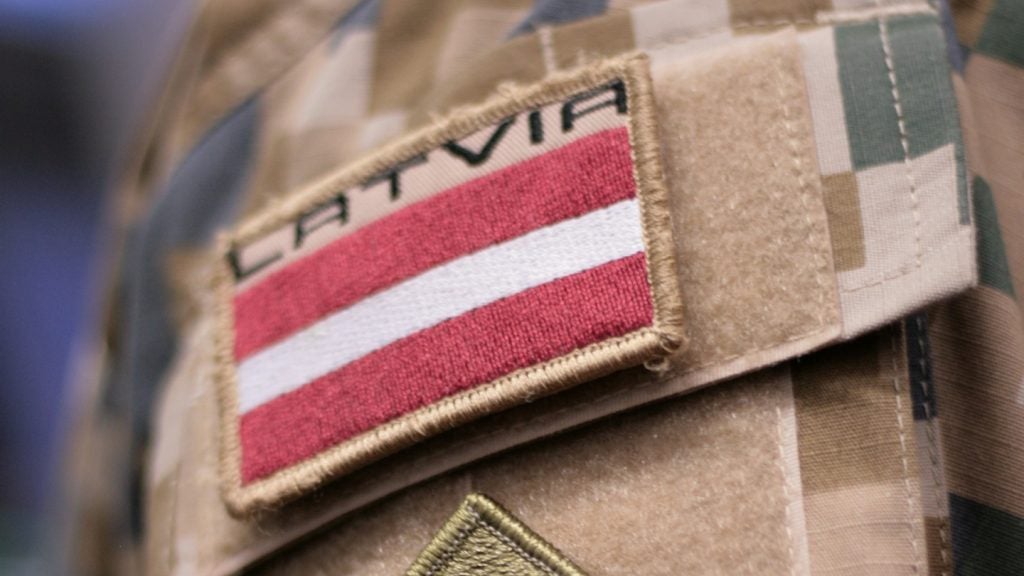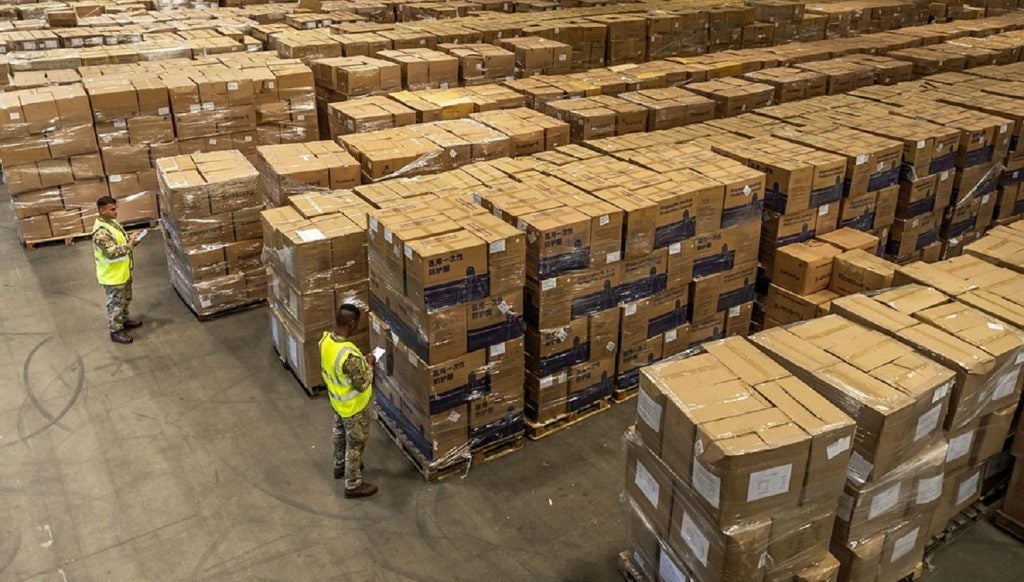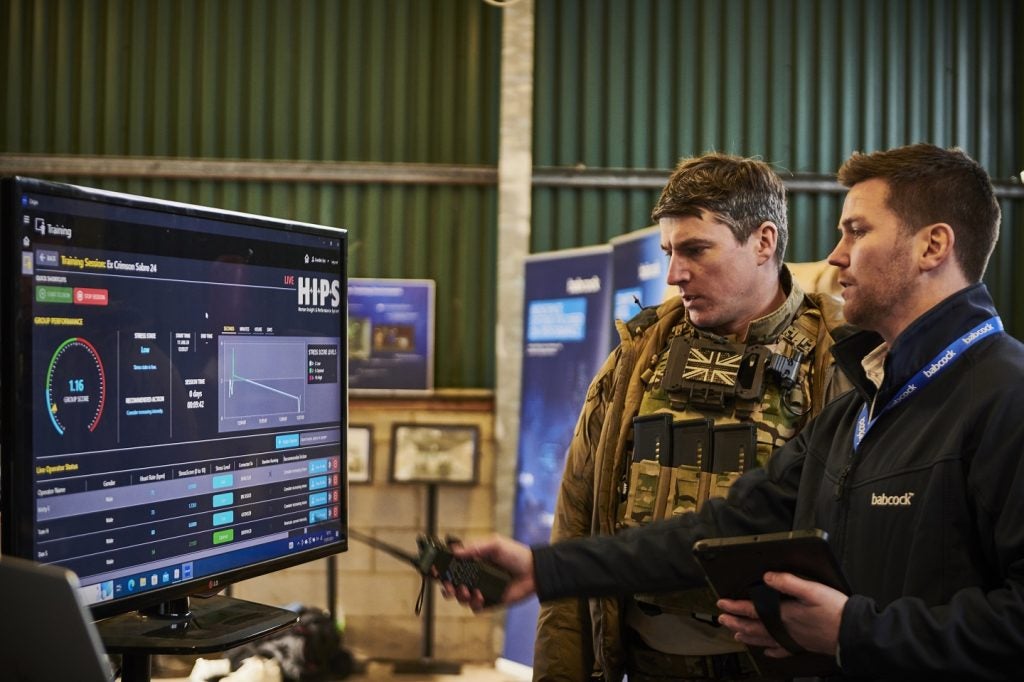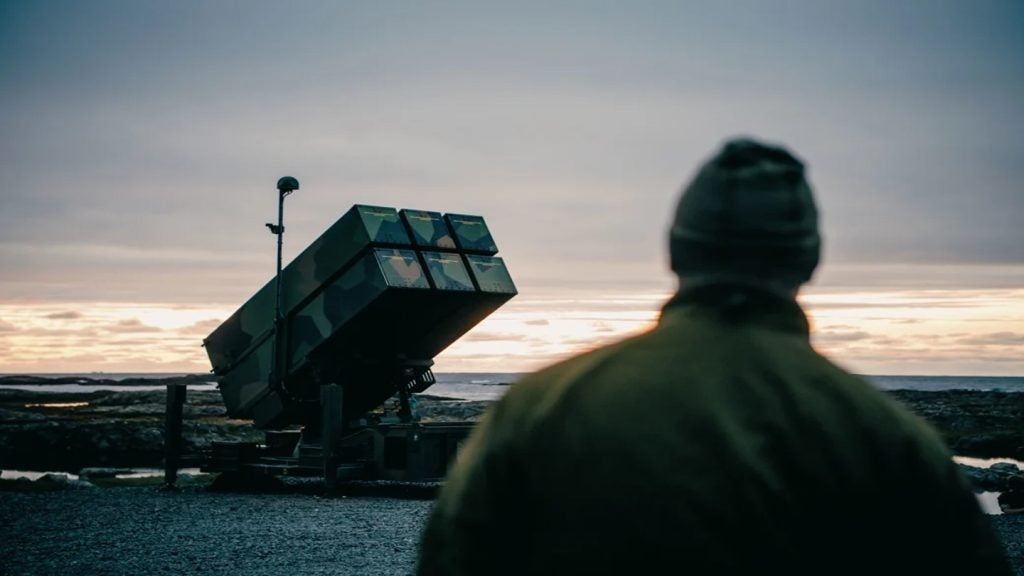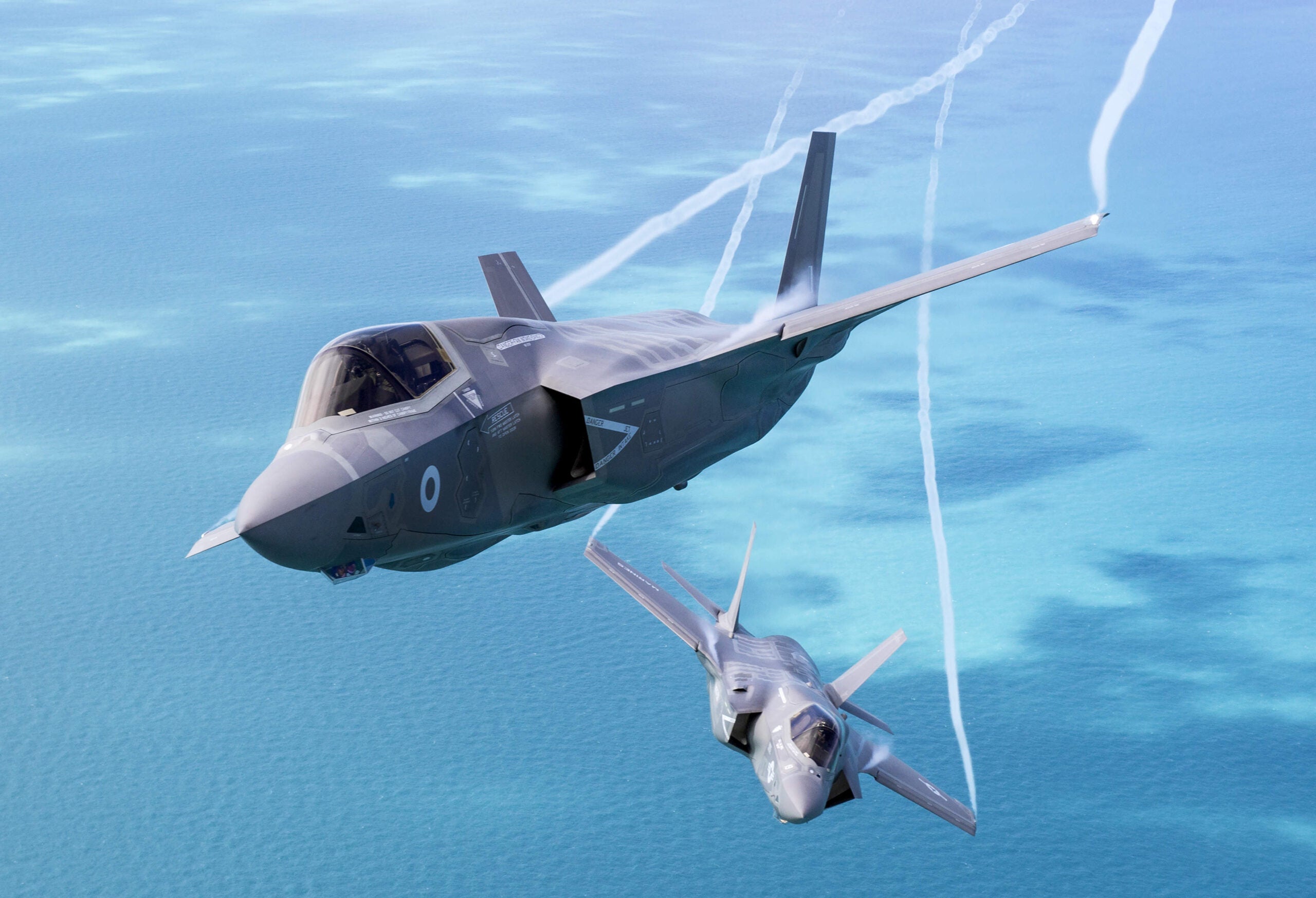
From uncertainty around Brexit, Trump in the White House and the threat posed by rising powers in the East to a committed pursuit of NATO targets and massive projects like the F-35 and Trident, the defence landscape is by no means straightforward. Can looking back at the major trends of 2017 tell us anything about the year to come?
Despite the uncertainty of Brexit ever looming in the background, defence spending in Europe is up in 2017, in part as nations look to reaffirm NATO spending commitments. By 2018, seven of NATO’s 27 member nations will have met the 2% of GDP guideline, with 25 nations planning to boost their spending in the short term.
Uncertainty over Russia has also fuelled spending across the continent, with big ticket programmes including the continued roll out of the F-35 Joint Strike Fighter, the A400M and cross-national developments such as the UK-French Future Cruise/Anti-Ship Weapon, Storm Shadow/SCALP missile and Sea Venom/ Anti-Navire Léger programmes, all led by MBDA, moving ahead.
The UK is pressing ahead with its ‘Successor’ Trident missile replacement programme, while the Ministry of Defence is poised to officially welcome the first of its new aircraft carriers, the HMS Queen Elizabeth, into the fleet. The sense of achievement from Britain’s shipbuilding industry has been further buoyed with the publication of the National Shipbuilding Strategy in October, which outlines ambitions to make the UK maritime industry more competitive and boost export opportunities.
Germany is busy delivering on its 2016 promise to invest €130bn on defence spending over the next decade and a half. The German Army’s Leopard 2 main battle tanks are being upgraded by Rheinmetall, while deliveries of the Boxer armoured fighting vehicle continue. Airbus Helicopters has also been contracted to upgrade the remaining CH-53G/GS helicopter fleet to extend its service life until 2030, and the country continues to head up the multi-national medium altitude long endurance remotely piloted aircraft system programme.
The Middle East
Nations in the Middle East have continued to equip their armed forces to tackle the threat posed by ISIS and al Qaeda, while balancing military action in Yemen and Syria. In large part this has been under foreign military sales (FMS) agreements with the US government as the US looks to reinforce its regional allies.
How well do you really know your competitors?
Access the most comprehensive Company Profiles on the market, powered by GlobalData. Save hours of research. Gain competitive edge.

Thank you!
Your download email will arrive shortly
Not ready to buy yet? Download a free sample
We are confident about the unique quality of our Company Profiles. However, we want you to make the most beneficial decision for your business, so we offer a free sample that you can download by submitting the below form
By GlobalDataAmong the sales in 2017 was a $2bn package to the United Arab Emirates (UAE) for Patriot PAC-3 and Guidance Enhanced Missile-Tactical missiles. Announced in May, the equipment was requested in order to enhance the UAE’s ability to meet current and future aircraft and missile threats.
Iran has continued to raise concerns about its nuclear programme, with European heads of State May, Merkel and Macron urging the US government in October not to undermine the Joint Comprehensive Plan of Action to Congress (JCPoA) by re-imposing sanctions on Iran lifted under the agreement. JCPoA, enacted to ensure that Iran’s nuclear programme is not diverted for military purposes, is under threat as the US questions whether the country’s continuing ballistic missile development programme constitutes a threat to global security.
The ongoing conflict in Yemen has also spurred acquisitions among regional militaries, with Saudi Arabia – the biggest spender in the region – requesting M1A1/A2 main battle tanks to replace vehicles lost in combat, and the Terminal High Altitude Area Defense (THAAD) launchers, missiles and radars under a $15bn package announced in October. According to the US Defense Security Cooperation Agency, the THAAD package will support the “long-term security of Saudi Arabia and the Gulf region in the face of Iranian and other regional threats… this potential sale will substantially increase Saudi Arabia’s capability to defend itself against the growing ballistic missile threat in the region.”
Naval interests in the region have also spurred big spending along the Gulf, with Oman investing heavily in a fleet modernisation programme, buying in new patrol boats, corvettes, and High Speed Support Vessels and Fast Intercept Craft.
Big spenders
As the top spender in defence, the US accounts for more than 30 percent of military expenditure worldwide. The country started 2017 with a new president who immediately put defence companies under pressure to lower costs, and took credit for a $600m batch price drop on the then current agreement with Lockheed Martin for 90 F-35 Joint Strike Fighters. The negotiation showed that while Trump has been vocal about his intention to spend big on defence, he isn’t afraid to get his hands dirty and push industry to deliver better value for tax payers.
Trump has pledged to overturn the defence spending decline of recent years, a goal which could see the US budget return to levels close to that of the height of the Middle East conflict. Outside of the F-35 programme, aircraft spending continues on helicopters (AH-64E, CH-47 and UH-60), unmanned aerial vehicles and specialised aircraft that support operational functions such as ISR (P-8A Poseidon), airborne early warning and control (E-2D Hawkeye), and the KC-46A aerial refuelling tanker programme. Land forces are also benefitting from new equipment, most notably with the acquisition of the Joint Light Tactical Vehicle.
Missile defence programmes that have taken the lion’s share include continued investment in the AEGIS ballistic missile defence system, the THAAD Terminal High Altitude Area Defense system and the Ground-Based Midcourse Defense programme.
Asia Pacific
It is impossible to consider the US outlook without considering the forces that are acting upon it. The issue producing the most headlines throughout 2017 has been North Korea, and that has impacted US relations with other nations in the Asia Pacific region – and the huge military footprint that the US has deployed permanently across Japan, South Korea and Guam.
With both countries taking a vested interests in North Korea’s nuclear ambitions, the US and China seemed almost set to put aside their differences over China’s actions in the North China Sea in order to form a working relationship. However, that relationship remains strained as China continues to use its power to invest in Southeast Asian countries eager for a lifeline, improving relations with countries such as the Philippines.
Ultimately, the US is reluctant to allow China to gain too strong a hold in the region and this, combined with US military interests in Japan, have ushered in a new era of US-Japan relations. Japan is particularly vulnerable to North Korean ballistic missile testing, and Tokyo has acted quickly to ensure its national defences are up to par – in August the Japanese Self Defense Forces opted to redeploy its existing Patriot PAC 3 anti-missile systems to shore up population centres against the threat.
Japanese warships have also joined the US strike group headed by aircraft carrier Carl Vinson in a show of force to the North Koreans.
With its election now over with, however, Japan’s outlook on defence could be set for the biggest shake-up in living memory. With Shinzo Abe planning to revise the pacifist constitution in place since the country was under US administration in 1947, Japanese troops could be authorised to act in deployed combat – an about face from the pacifist self-defence stance the country now adheres to. What this means for US-Japanese relations beyond the proposed enactment date of 2020 will be interesting to see.
The year 2017 has seen big changes in the strategic defence environment across the globe. Although none of the threats facing the world’s defence forces are new or unique, their ubiquity will require military forces that have the strength and depth to act quickly and effectively. 2018 will present its own new developments, how the world’s military decision makers choose to respond to them remains to be seen.



